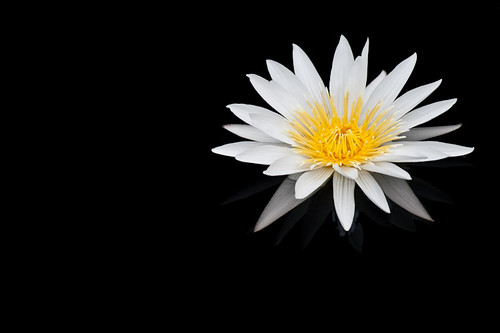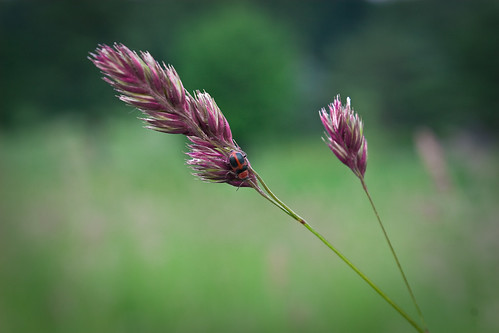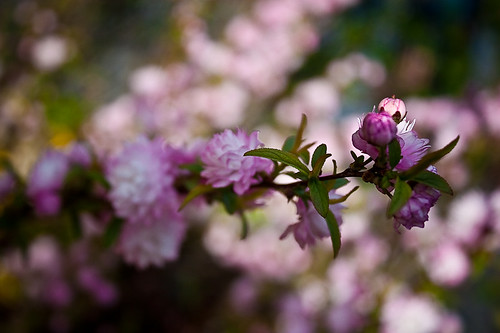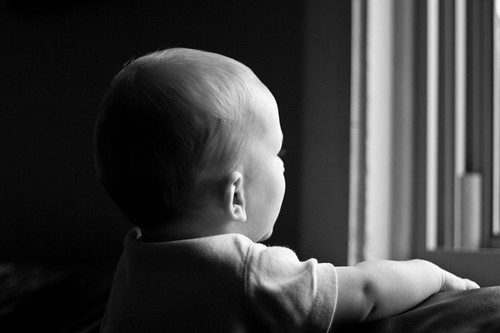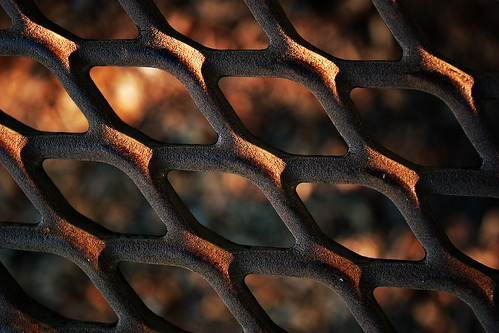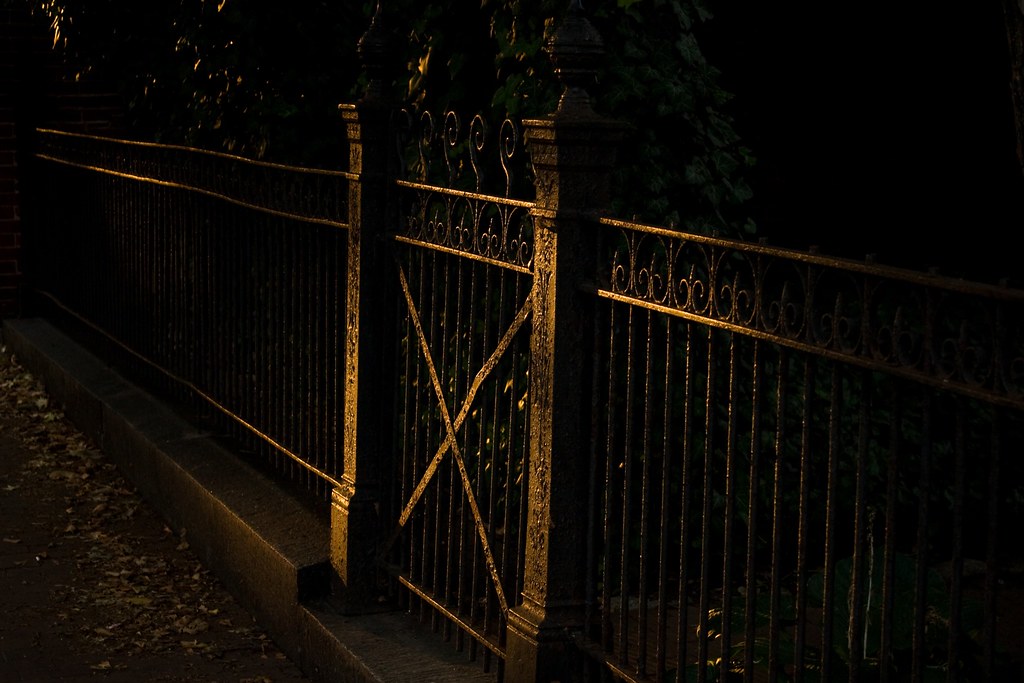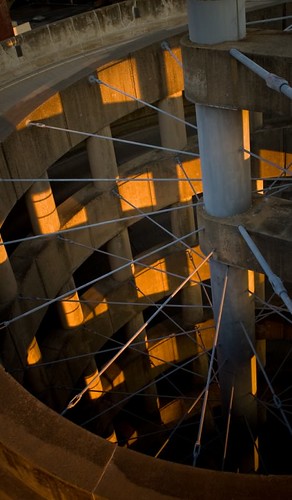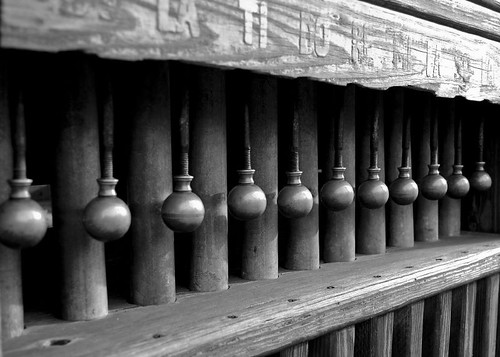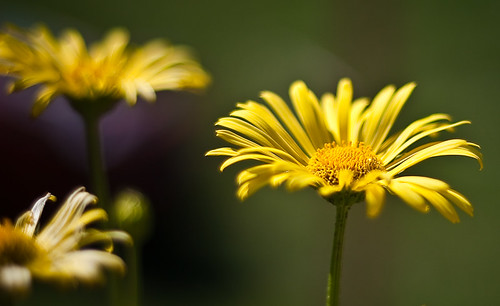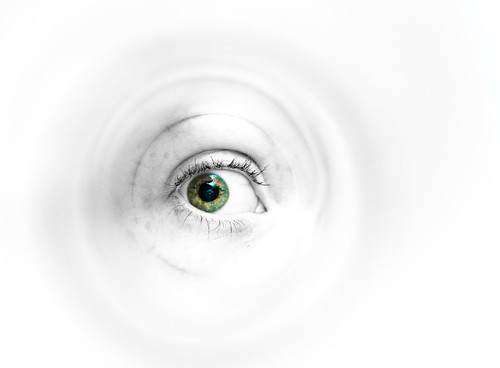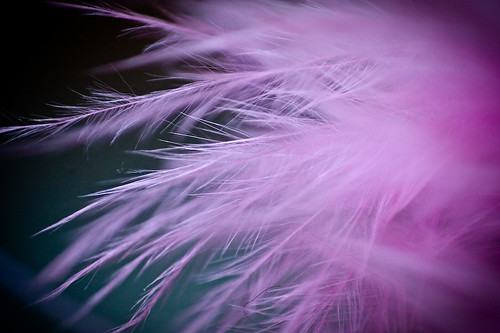
Cameras today are pretty complex devices. They can evaluate light, figure out appropriate shutters speeds and apertures, and even determine the "kind" of light you are shooting in and adjust it appropriately. So what's with all of the choices on the cameras. Well, let's just say that the camera isn't always a smart as we think it is.
First off, almost all decent digital cameras have two kinds of modes: Automatic Modes and Creative Modes. Let's first look at some common Automatic modes and what they do:
Automatic modes are basically that: automatic. They require no input from you whatsoever. You select the mode and the camera does all of the "thinking" for you. Actually, all it really does is a series of mathematical calculations based on the mode you chose and the amount of light it is dealing with. Here are some common modes explained:
Automatic ModesAuto: Does everythng, has no idea what you are pointing the camera at, but tries to get the best picture it thinks you want.
Sports/Action: (usually a symbol of a guy running) This mode tells that camera that you are taking pictures of moving subjects. The camera does everything in its power to keep the shutter speed fast enough to stop action without compromising exposure.
Portrait: (symbol of a face or person with a hat) This mode tells the camera that you are taking portraits of people. The camera tries its best to blur the background by using a wide aperture and will also keep the shutter speed reasonable for handholding. It will usually force the flash if there is not enough light.
Night: (symbol of a moon or stars) This mode adjusts all of its settings such as ISO, shutter, and aperture to get the best exposure in a dark place. Normally the flash will not go off, but the camera will use a long shutter speed, so holding the camera usually causes blurry photos.
Landscape: (usually a symbol of mountains) This mode tries to keep your aperture as narrow as it can get away with so that you can get the maximum depth in your shot. If need be, it will reduce shutter speed so that handholding will be difficult. Flash should not fire in this mode either.
The above modes are usually just version of automatic mode, where you are giving the camera an educated guess as to what you will be shooting at. If you are comfortable with this, then fine. However, chances are that if you've actually still decided to read my blog after the last 3 posts, then you might be motived to get more out of your camera. Keep reading, then.
Creative ModesThe creative modes are modes in your camera which assume that you are going to be taking some creative control of the settings. Some of them let you do everything, others let you do barely anything, but in all cases, you have some choices (unlike many of the above automatic modes).
Program: (usually designated with a "P" symbol) This mode is like automatic mode. The biggest difference with this setting over automatic is that it does allow you to choose ISO and white balance settings. Beyond that, it's main job is to get you the best exposure it can. It also won't use the flash automatically, which some people like. My personal thoughts are that this mode is for people who still want to give up much of their control to the camera. If that's you, then this is your setting.
Shutter Priority: ("S" on Nikon Cameras, "Tv" on Canons) This mode is considered a semi-automatic mode. You choose the shutter speed, and the camera chooses the aperture for you to get the best exposure. This mode is good for when you want to get creative with shutter speed but don't care about the depth of field. Reccomended when shooting lots of action or sports shots outdoors. Most all other controls can also be changed in this mode.
Aperture Priority: ("A" on Nikon Cameras, "Av" on Canons) This is probably one of the most popular modes among photographers. It is the reverse of shutter priority: You choose the aperture and the camera chooses the best shutter speed to get you a decent exposure. I use this mode almost 90 percent of the time, myself. It is recommended for adjusting your aperture for background blur or for landscapes with lots of depth. I normally shoot in Aperture priority mode with the widest aperture (smallest number) that my lens will allow for nice background blur. Most all other controls can also be changed in this mode.
Manual: (M on most cameras) For those who want to control everything, this is your mode. In this mode, you have to adjust the aperture and shutter speed yourself. The camera is your slave. You change everything you want, and the camera lets you take the picture. No guarantees that it will come out right, unless you know what you are doing. Not for the faint-hearted photographers, but there are certainly times when this mode is quite useful.
Well, there you have it. I hope this post was at least somewhat informative, despite the fact that I probably just poorly summed up what you can easily find in your own camera manual. Feel free to send me any questions or feedback. I'll most certainly be posting more info on this site so keep coming back.
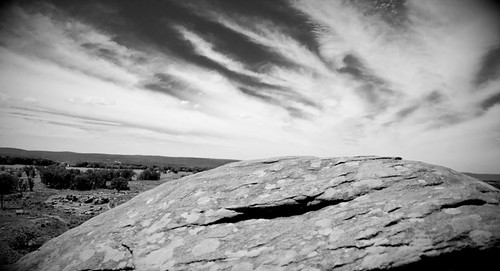 One of the most popular debates going on right now in the world of photography is the question of "Can you teach vision and creativity?" A few books have been written on the subject, including one by Bryan F. Peterson called "Learning to See Creatively". By his book, Peterson is obviously a believer that one can be influenced to see things in our world to enhance one's vision. I don't know exactly where I fall on this subject, but I do know that I have grown in my ability to look beyond what is there and find more interesting things to photograph.
One of the most popular debates going on right now in the world of photography is the question of "Can you teach vision and creativity?" A few books have been written on the subject, including one by Bryan F. Peterson called "Learning to See Creatively". By his book, Peterson is obviously a believer that one can be influenced to see things in our world to enhance one's vision. I don't know exactly where I fall on this subject, but I do know that I have grown in my ability to look beyond what is there and find more interesting things to photograph.